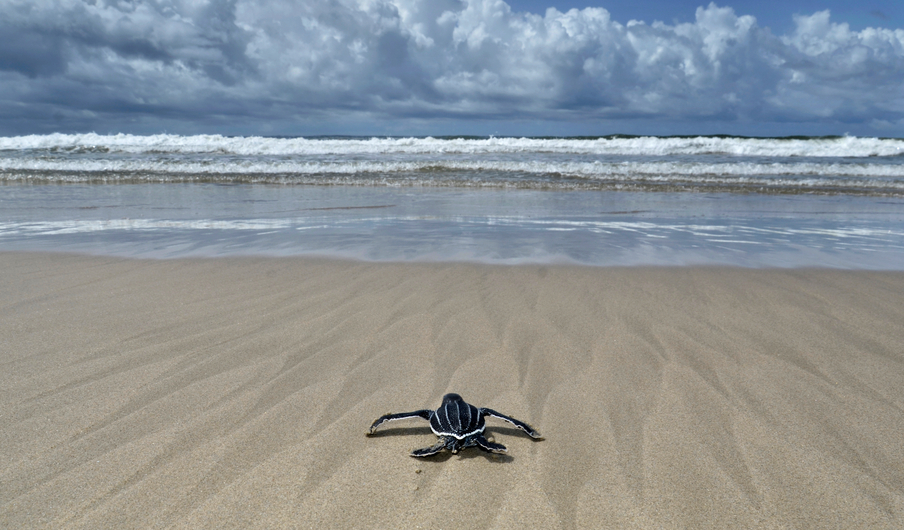The Bureau of Ocean Energy Management (BOEM) and the Massachusetts Clean Energy Center (MassCEC) have announced the results of two multiyear marine wildlife surveys focused on collecting baseline biological occurrence and distribution data for whale, turtle and bird species within the Wind Energy Areas (WEAs) located offshore Massachusetts and Rhode Island.
The results? According to BOEM and MassCEC, the Massachusetts and Rhode Island WEAs avoid the high concentrations of protected species of whales, turtles and seabirds in these areas.
“BOEM remains deeply committed to ensuring that renewable energy development on the Outer Continental Shelf is done in a safe and environmentally responsible manner,” stated Abigail Ross Hopper, BOEM’s director. “The survey results confirm that responsible commercial wind development activities in these WEAs will not adversely affect protected species populations.”
According to the partners, waters offshore Massachusetts and Rhode Island are important for many species year-round, including breeding, non-breeding and migratory periods. In turn, baseline knowledge of wildlife distributions and habitat use are key to making environmentally responsible decisions. The data can be used to identify important habitat areas, guide siting decisions for future development, and inform environmental permitting requirements and mitigation efforts.
Highlights from the two surveys include as follows:
- The whale and turtle data was collected from 76 aerial surveys conducted in the survey area between October 2011 and June 2015. The data was supplemented by more than 1,000 days of continuous underwater acoustic recording for whales.
- Researchers from the New England Aquarium sighted 60 North Atlantic right whales, a critically endangered species, over the entire survey only during winter and spring. The North Atlantic right whales primarily migrate into the area and engage in short-term feeding before moving onto feeding grounds throughout the Gulf of Maine.
- Leatherback sea turtles were most highly concentrated south of Nantucket between May and November.
- Researchers from the College of Staten Island recorded 25 species of seabirds from a total of 38 aerial surveys conducted between November 2011 and January 2015. Two locations, referred to as “hotspots,” were identified where larger-than-average aggregations of seabirds occurred on a regular basis. Both hotspots were located outside the WEAs.
The final reports can be accessed here.




